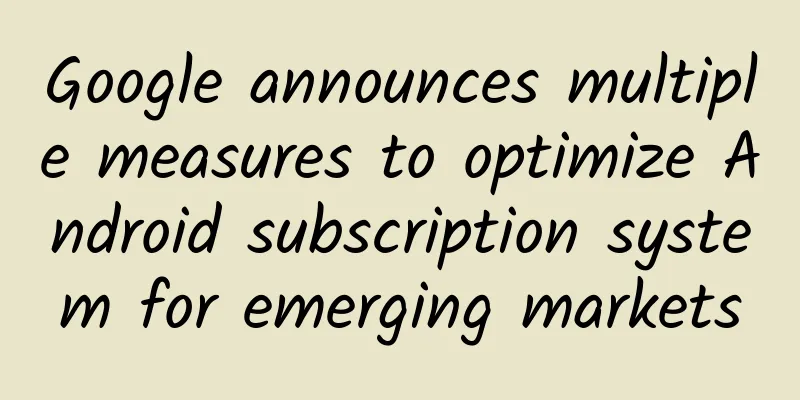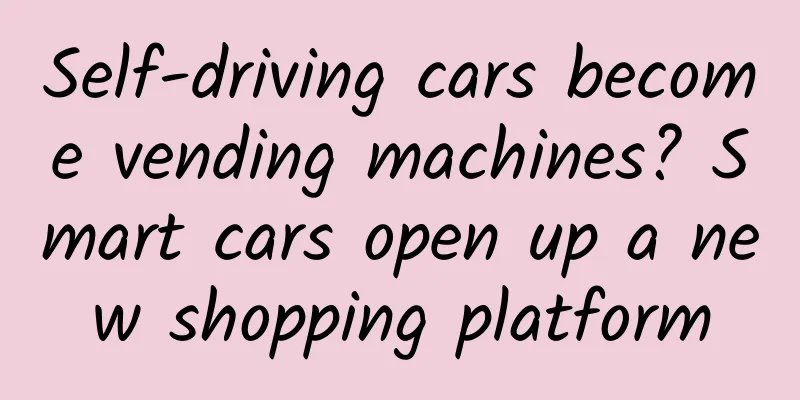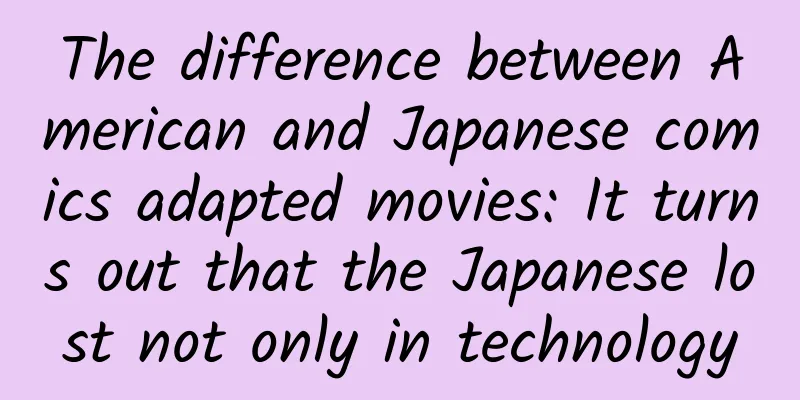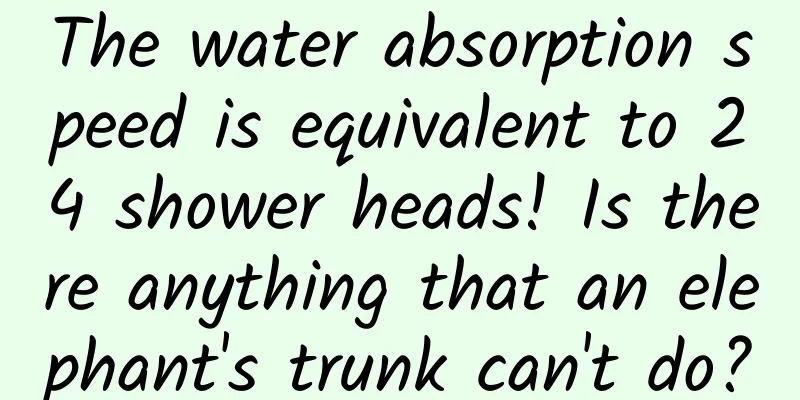Google announces multiple measures to optimize Android subscription system for emerging markets

|
At its I/O developer conference, Google announced several measures designed to make it easier for Android app developers to generate revenue through subscriptions, especially when trying to reach users in emerging markets. Most notably, the company said it will now allow developers to offer subscription capabilities to users through prepaid plans, which basically provide access to apps and their services for a fixed period of time set by the developer. When a user's subscription expires, if there is a balance on the account, they can purchase recharges in the app. Google said this feature makes sense in areas where pay-as-you-go mobile phone plans are the standard. In these markets, consumers are accustomed to the prepaid model, so extending it to apps can help developers increase subscription revenue. However, prepaid subscriptions can also help target other use cases — such as subscription-averse customers who don’t want to be locked into ongoing charges and who want more control over how they spend on mobile apps. Google also announced the expansion of pricing options, launching "super low" price tiers to reach users in emerging markets. Last March, Google lowered the minimum price limit for products in more than 20 markets in Latin America, Europe, the Middle East, Africa, and Asia Pacific, allowing developers to lower prices to 10 to 30 cents (USD). At the time, the company explained that these "super low prices" would allow developers to reach new potential buyers by adjusting pricing to "better reflect local purchasing power and demand." Now, Google says developers can drop the price to as low as 5 cents. This will also allow developers to run local sales and promotions, and support various microtransactions like in-app tipping. While these changes will help better target Android app users in emerging markets, Google is making other improvements to app subscriptions as well. The company said it is making it easier to sell subscription services on Google Play by allowing developers to configure multiple base plans and special offers to reduce the overhead of having to manage an increasing number of SKUs as developers adjust the subscription services they want to sell through offers. In this setup, developers can set up multiple base plans, each with its own billing period and renewal type — such as a monthly or annual auto-renewing plan or a monthly prepaid plan. Then, for each base plan, they can create multiple special offers throughout the subscription lifecycle. For example, they can create an acquisition offer for a limited-time free trial, an upgrade offer to move from a prepaid plan to an auto-renewing tier, or even a downgrade offer to help retain a user who might want to cancel because they’re not using all of their subscription benefits. The company announced last year that it would begin supporting additional payment methods, including cash and prepaid plans. In the time since then, Google says it has expanded its library of payment methods to include more than 300 local payment methods in 70 countries, and added e-wallet payment methods such as MerPay in Japan, KCP in South Korea, and Mercado Pago in Mexico. |
<<: Common adaptation solutions for mobile terminals
>>: iOS 15 turns off personalized ads, no impact on App Store search ads
Recommend
iOS advanced page performance optimization
Preface In the field of software development, we ...
Are synthetic diamonds inferior to natural diamonds? Diamonds are forever, and so are synthetic ones
Some people say that there are three commodities ...
If app stores don’t change, they’ll die.
[[134594]] The wave of mobile Internet entreprene...
Tik Tok Operation: The content code behind Tik Tok’s popularity!
What’s the secret behind Tik Tok’s popularity? Ti...
Why is the speed of light exactly 299792458 meters per second, neither more nor less?
Whether you are a professional physicist or not, ...
Does being able to remember yesterday’s dreams mean you slept well? That’s not necessarily true!
Tuchong Creative Do you still remember the dream ...
Fun story: How to build a time machine?
Since the publication of the British writer Herbe...
Zhihu advertising, Zhihu advertising forms
Zhihu community is the largest knowledge platform...
How to create word-of-mouth local life mini programs and local life service mini programs?
A few days ago, a customer consulted our company ...
Foreign media: Huawei is preparing to release its own mobile operating system
For Huawei, Google's move means that they can...
“Fat House Happy Water” Actually Corrodes Teeth?
Recently, a 23-year-old patient came to the Third...
Can you avoid gaining weight without dieting? Peking Union Medical College doctors teach you the secrets of diet
Author: Zheng Xixi, Internal Medicine Doctor at P...
Dangbei Smart Box Z1 Pro Review: A collection of cutting-edge technologies that redefines the concept of "TV box" products
With the increase of Internet film and television...
How to operate and monetize automotive short videos? (Attached with case)
As an important vertical category in the short vi...
How to correct round shoulders and hunchback through training? 21-day training camp to improve round shoulders and hunchbacks Baidu Cloud download
How to correct round shoulders and hunchback thro...









